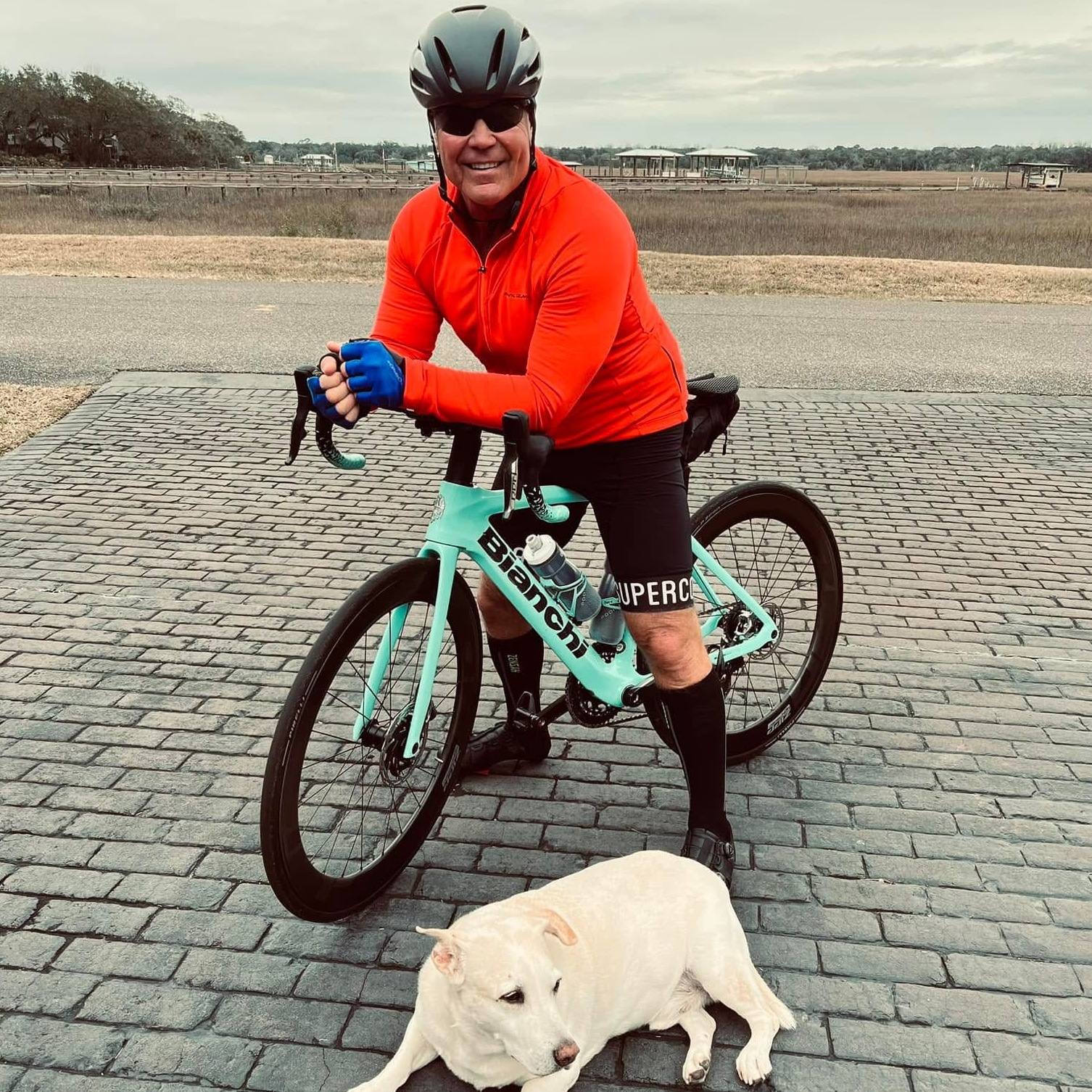 Austin Horton’s adolescence was dominated by pain. More than a dozen specialists — among them an orthopedist, rheumatologist, pain doctor, psychiatrist and acupuncturist — couldn’t offer much relief or even a definitive reason for the pain.
Austin Horton’s adolescence was dominated by pain. More than a dozen specialists — among them an orthopedist, rheumatologist, pain doctor, psychiatrist and acupuncturist — couldn’t offer much relief or even a definitive reason for the pain.
Relief finally came from the Pediatric Pain Rehabilitation Program at Mayo Clinic’s Rochester campus. “It helped me get my life back,” says Horton, now 19 and a freshman at the University of North Texas in Denton. “I learned I’m in control of my body, not the other way around.”
Horton’s pain started when he was 10, with achy feet and knees after baseball games. “He played baseball through middle school, and pain became more of an issue,” says his mom, Terilyn Horton, of Spring, Texas.
Horton says his knee pain was like a “constant toothache, with sharp pain.” He quit baseball when he was a freshman, hoping the pain would ease. It didn’t. By his junior year, it hurt too much to go school. Pain and isolation led to depression.
“We literally saw Austin fading away, and we knew we had to do everything we could,” says his mother. Someone mentioned Mayo Clinic as a place for patients with complex health concerns. In July 2010, Austin, then 17, participated in the three-week outpatient pain rehabilitation program.
The treatment team includes psychologists, anesthesiologists, nurses, physical therapists, occupational therapists, recreational therapists, biofeedback therapists and other specialists who collaborate on recommendations and treatment for each patient.
“The focus changes from finding a cause for the pain to managing the pain,” says Barbara Bruce, Ph.D., a psychologist and clinical director of the pain rehabilitation program. Strategies include physical reconditioning, physical therapy, relaxation training and biofeedback and stress management.
“Austin was diligent and put the strategies to work,” says Dr. Bruce.
“At the end of three weeks, his pain was not gone, but he could manage it.” Horton was able to reduce and then stop pain medications and antidepressants.
During his senior year, Horton went to school every day. He took advanced courses, earning college credit. He got a part-time job washing dishes. After eight-hour shifts of hauling and washing dishes, he says, “I knew I could do most anything I needed to do.”
At college, Horton is majoring in chemistry and planning a career in forensic science. He walks a mile daily to his classes.
Horton says it wasn’t the relaxation tips or breathing techniques or any other ‘tricks’ that made the difference. “The program gave me self-confidence,” he says. “I didn’t think changing my mind could change the pain. But it turned it around.”
The article comes from our Sharing Mayo Clinic print publication.







